We don't normally post a separate news story when a new camera model brings a new technology along with it, but Pentax's new mechanical anti-aliasing filter simulator is so revolutionary that it more than deserves special mention. For the first time, a camera exists that lets you choose whether you want a low-pass filter in your optical chain or not. This is huge.
There's always been an uncomfortable trade-off in digital imaging between image detail and image artifacts; crank up the detail, and moiré patterns and color artifacts will follow right behind. Crank down the artifacts, and your images will appear soft and mushy as well. It's the job of the anti-aliasing filter (also called a low-pass filter or LPF) to manage this trade-off. Coosing just the right strength filter is a fine art, and greatly subject to personal preference.
Recently, there's been a move to do away with low-pass filters entirely, for the sake of the increased image sharpness you can get as a result. We at Imaging Resource believe this is a fundamental mistake, because once you have moiré patterns or color artifacts in an image, it can be difficult or impossible to get rid of them. While clever in-camera software can help reduce the incidence of such problems, it's mathematically impossible to do so in all instances. If you drop the low-pass filter, sooner or later, you're going to have moiré patterns or ugly color artifacts in your pictures.


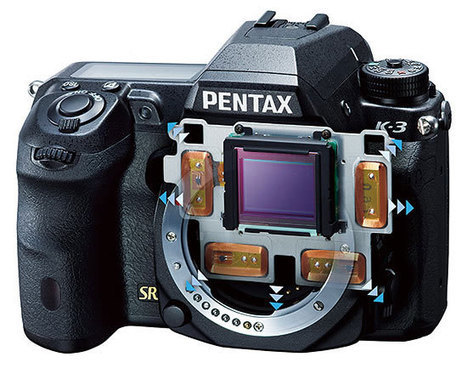


 Your new post is loading...
Your new post is loading...





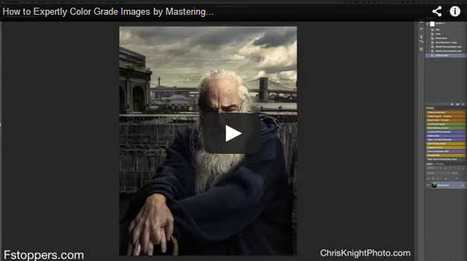



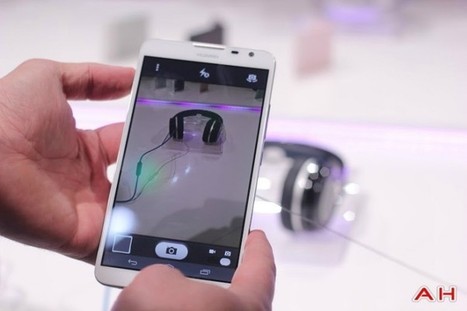
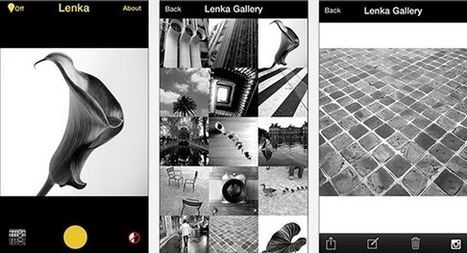


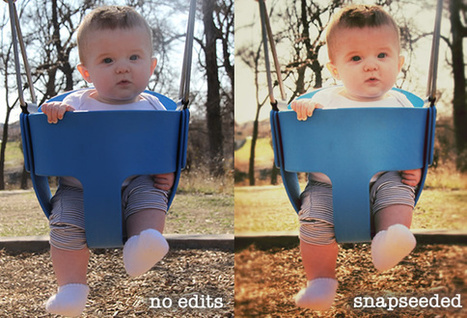



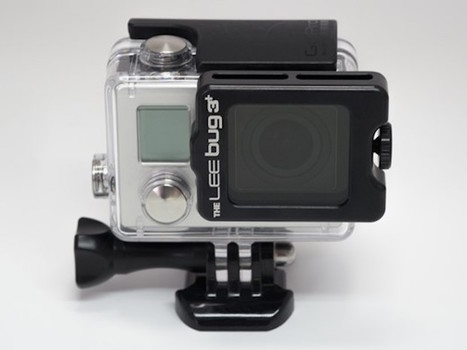




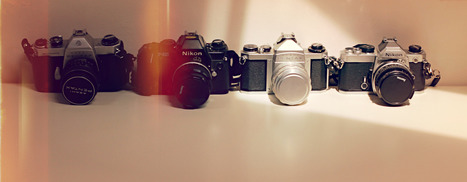





I've placed this here because with Pentax's new anti-aliasing filter simulator, the low-pass filter helps to process your images. And with image detail and image artifacts, so with this low-pass filter those images will be less compacted with moire patterns. But it will be able to find the right filter, as well as yourown reference but a soft, glow to your photos.